What is jaundice?
Around 60 per cent of full-term babies (born after 38 weeks of pregnancy) exhibit signs of jaundice. Jaundice can be more likely in premature or sick babies.
Jaundice comes from high levels of a chemical called bilirubin in your baby’s body. Even before she is born, her body is busy making red blood cells, which then break down into smaller chemicals, including bilirubin (this happens continually throughout our lives).
Before she’s born, the placenta carries the bilirubin out of your baby (and into your own blood). Once she’s with you in the world, however, her liver has to take over the job of getting rid of bilirubin. Often, however, her liver isn’t completely up and running just yet, so the skin has to store the excess bilirubin until her liver can break it down – usually within the first week. The result is that almost-orange hue to her skin.
Jaundice first appears on the face and head. As bilirubin levels increase, it will show on the body and then on the palms of hands and soles of feet. If you think your baby is jaundiced, make sure she is checked by a GP or health care worker. A blood test can work out the level of bilirubin.
Should I worry?
- If your baby has a moderate level of bilirubin, she may be sleepy and may not feed well. Encouraging her to breastfeed more often will often help to keep the bilirubin levels down.
- Doctors will watch your baby’s bilirubin levels carefully because too much (an extremely high level) can damage parts of the brain, including those that affect hearing, vision and control of movement.
- The level of bilirubin that may be harmful depends on the baby’s health and maturity. A large, fullterm baby can have a higher level without problems than can a sick or premature baby. The majority of jaundice newborns will be completely fine sooner rather than later.
How do you treat jaundice?
If your baby is well and only has mild jaundice, treatment is probably not necessary. As the liver matures, it will break up the bilirubin into other chemicals, which are passed out through the gut.
Phototherapy – or light therapy may be used for babies whose bilirubin levels are increasing. The light energy helps to change the bilirubin into a different chemical, which is more easily excreted. Therapy is simply a matter of exposing the naked baby to light, in a warm, covered cot, with her eyes protected by shields. Your baby may need this therapy for several days.
On rare occasions, the levels of bilirubin are so high that the baby may require exchange transfusion, where her blood is replaced with other blood, sometimes from her mother.

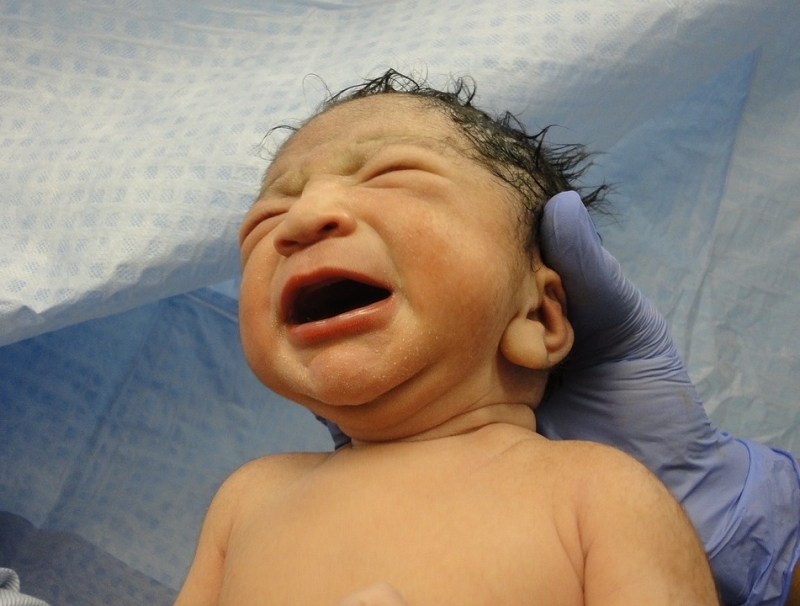

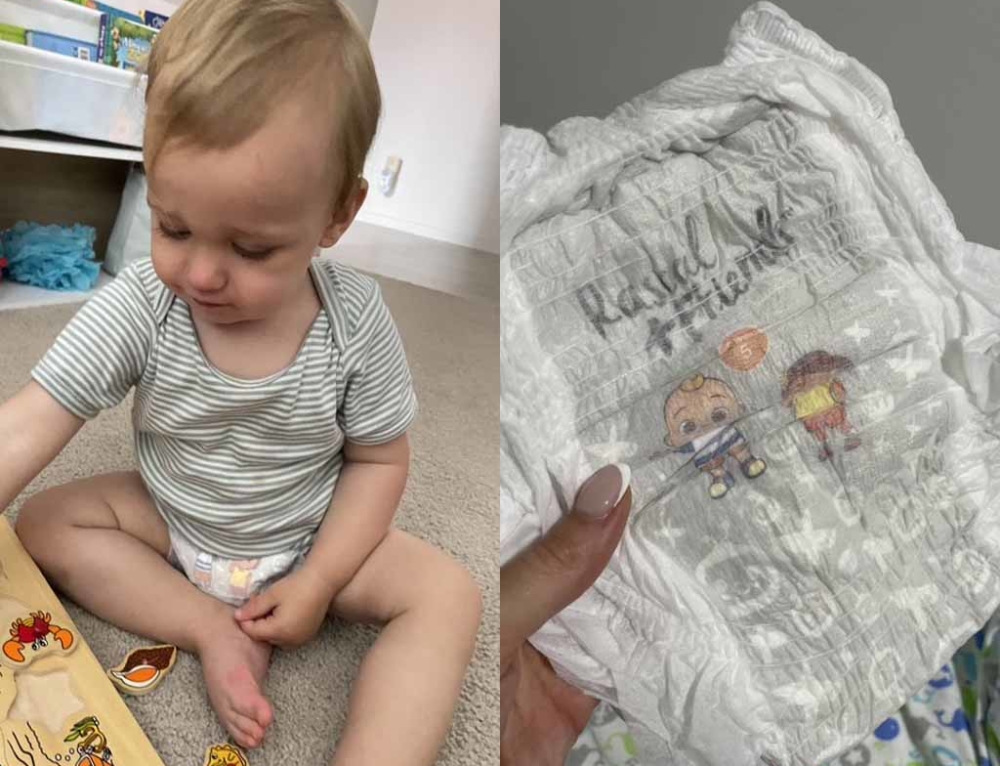
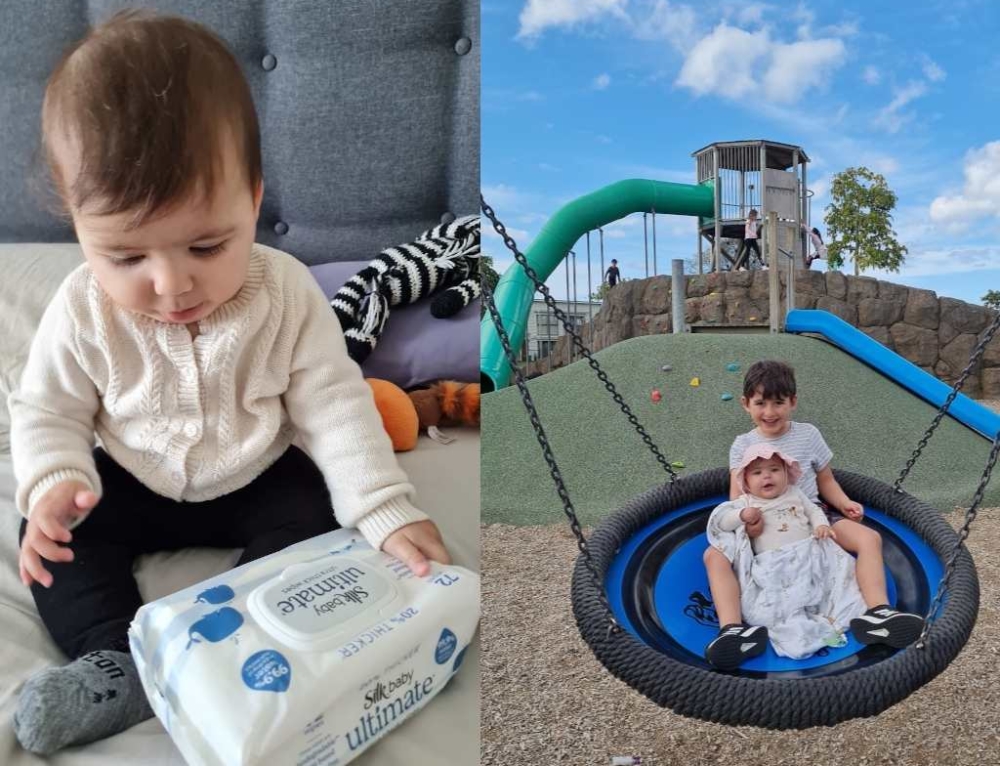
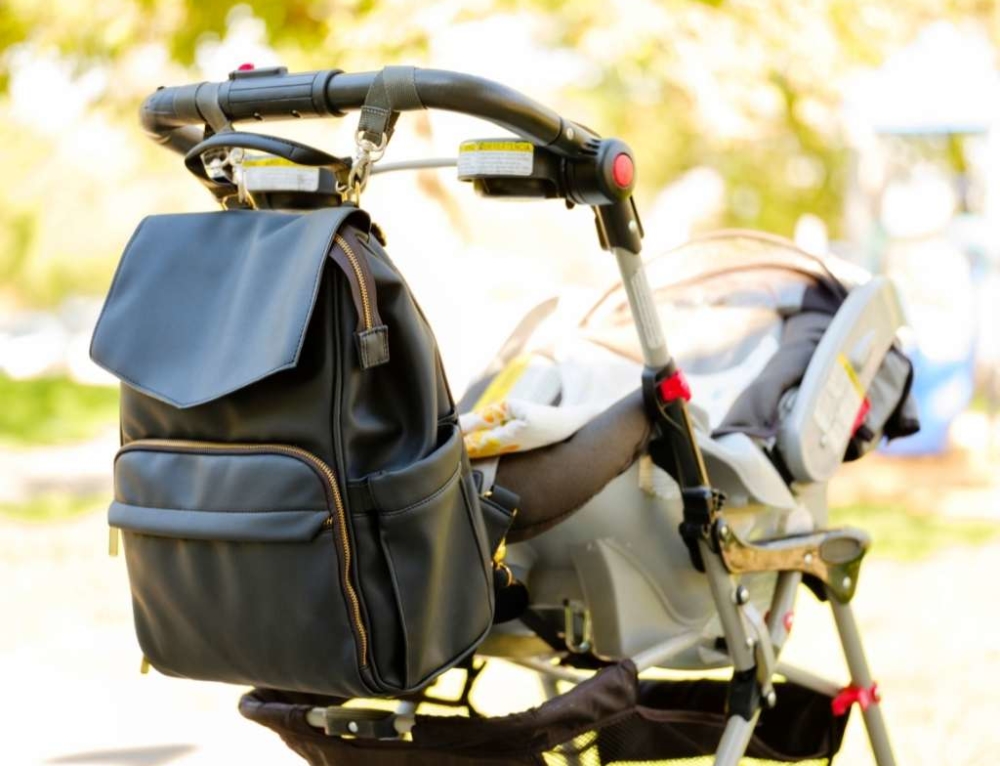
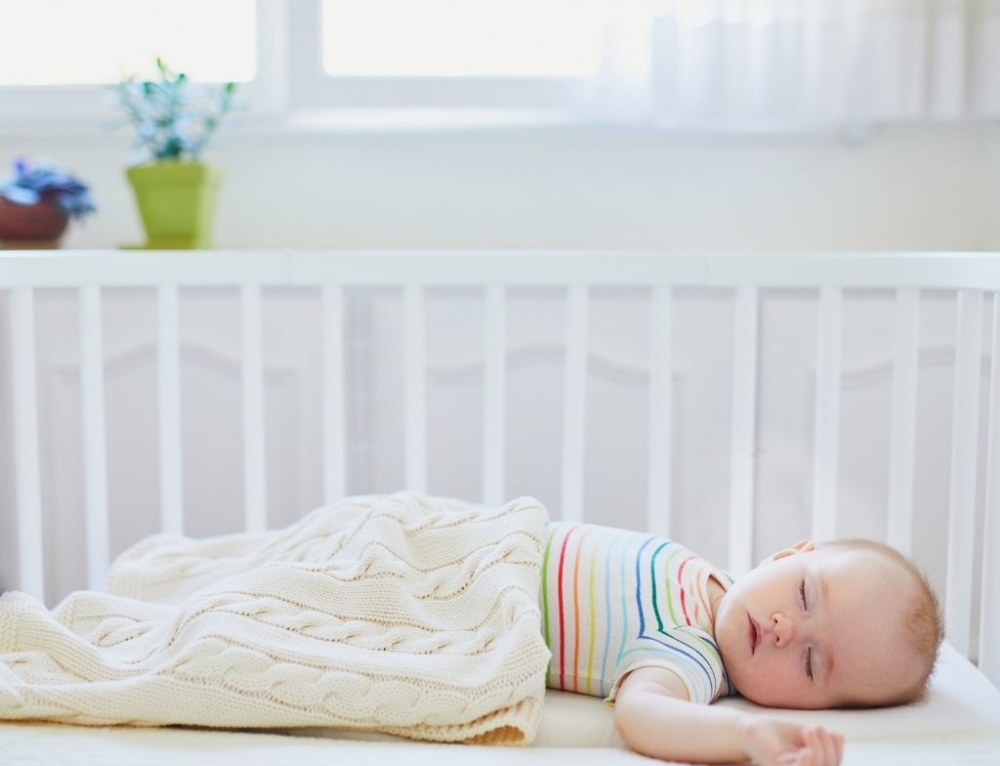
Just another note regarding the liver and jaundice – the liver of a newborn does not begin to function until 3 or 4 days after birth. As a result, this little being has very limited to no ability to detoxify the large dose of synthetic vitamin K and all other the dangerous ingredients in the injection cocktail including:
– Phenol (carbolic acid – a poisonous substance derived from coal tar)
– Benzyl alcohol (preservative)
– Propylene glycol (better known as “edible” antifreeze)
– Acetic acid (astringent, antimicrobial agent)
– Hydrochloric acid
– Lecithin
– Castor oil
The Vitamin K shot at birth can overload the liver due to the toxic adjuvants in the injection and this can increase the chances of the baby being jaundiced. This is also added to by the vaccines given to the pregnant woman during her pregnancy. The liver of a newborn can be so easily overloaded and jaundice is a lot less common in babies who have not received the vitamin K shot at birth.